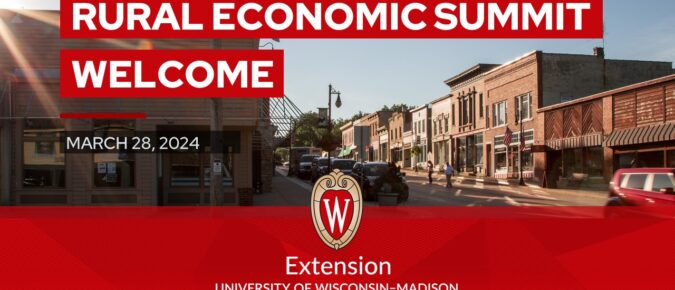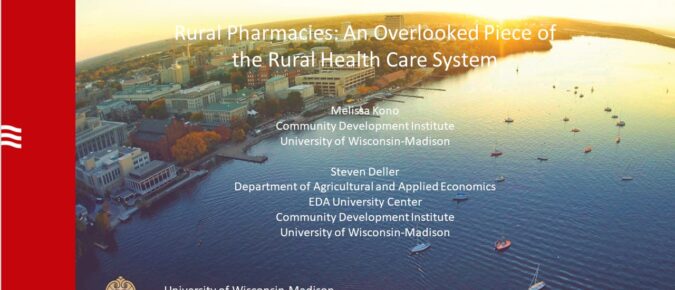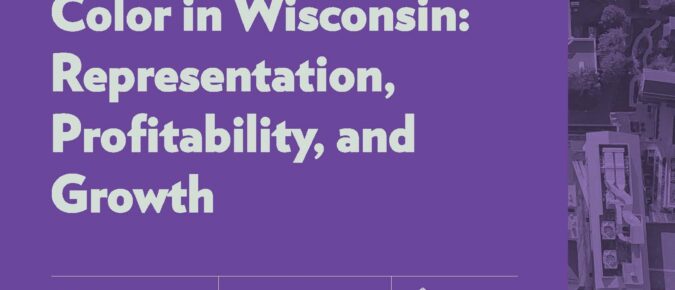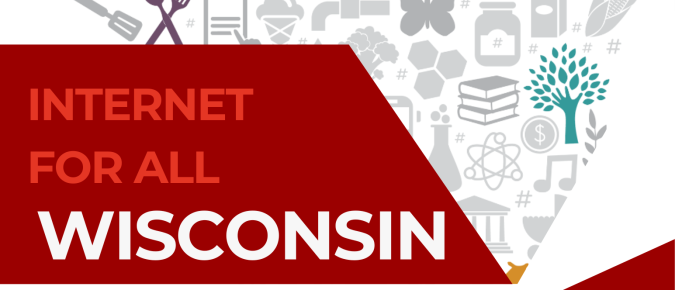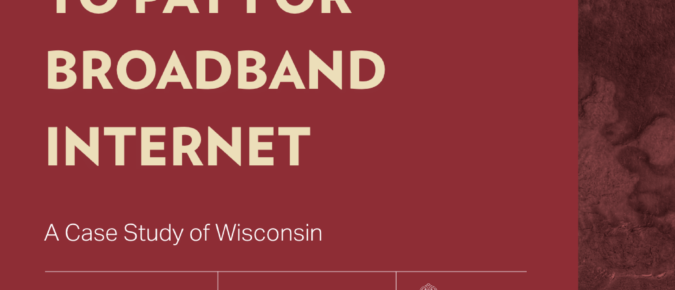Every five years the United States Department of Agriculture (USDA) undertakes a detailed inventory of farming operations across the country. The most recent, the 2022 Census of Agriculture, aims to provide a detailed snapshot of the nation’s farming economy, including information on farm demographics, production practices, land use, and economic trends. The intent of this issue of WIndicator is to provide an overview of recent trends in Wisconsin farming using the Census of Agriculture. We pay particular attention to the changes since the last Census in 2017 to understand trends in key metrics for Wisconsin agriculture with some references to longer term trends (1997 to 2022).
Using the latest research and data specific to Wisconsin’s rural communities and regions, this summit focuses on the Wisconsin rural economy. The summit includes an overview of the latest economic and demographic trends across rural communities, and an examination of rural health care, housing, and broadband. Conversations will include what rural communities can do to foster economic growth and development.
There are a number of factors feeding into the current labor shortage, and while the problem seemed to accelerate after the COVID-19 pandemic, we have been facing a downward trend in unemployment for over a decade.
This webinar explores the pivotal role of rural pharmacies in providing vital healthcare services, especially in areas affected by hospital closures. Learn why the decline of independently owned rural pharmacies is a pressing concern, affecting medication access and downtown vitality.
Wisconsin follows the nationwide trend of a relatively small yet growing number of diverse business owners. This recent growth suggests a promising and economically important future for diverse business owners despite evidence that they face significant challenges.
The BEAD Challenge Process is a period of time whereby nonprofits, Tribal and local units of government, and ISPs can submit challenges, and thereafter rebuttals on whether a location or Community Anchor Institution (CAI) is served, underserved, or unserved.
Are you able to understand your monthly broadband bill? According to a November 2022
Consumer Reports publication, Broadband Pricing, 2,827 of 22,088 internet bills analyzed were bundled, making it impossible for the consumer to determine the cost of the service and compare prices with other internet service providers. Hidden fees are another feature of bundling. Trying to “Interpret” your broadband bill is something consumers should not have to do. Finally, good news is on the way.
Is Your County including ALL citizens in its broadband planning? Those of us who are actively working to get broadband to all communities of Wisconsin frequently talk about the 3 A’ s of broadband: Access, Affordability and Adoption.
This article explores when to use community forums and asset mapping as part of your data collection for broadband planning.
The UW-Madison EDA University Center conducted a statewide survey of Wisconsin residents on broadband access and affordability, with the goal of estimating the willingness to pay for broadband. As the state makes significant investments in broadband infrastructure, attention is shifting to the willingness, or ability, of people, particularly lower income people, to pay for broadband subscriptions.
In this article, we will discuss tools to inform broadband planning. Specifically, when and how to use surveys to gather input from the public in your broadband and digital equity planning and explore types of exploratory conversations to support broadband expansion opportunities in your communities.
This article covers the basics of broadband public-private partnerships and includes downloadable worksheets and templates.


